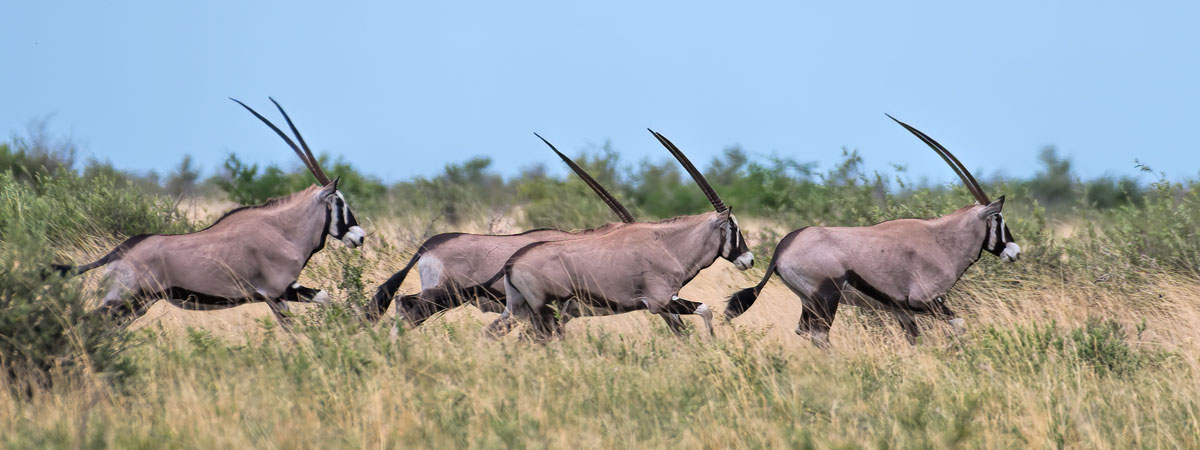“Right now the demand for ivory is very high. When that happens, the price rises and suppliers go into over-drive,” says Paul Mbugua, spokesman for the state-run Kenya Wildlife Services. “While there is demand for ivory, nothing will stop these poachers.”
In the Democratic Republic of Congo (DRC), teams of poachers hunt from helicopters, packing serious firepower – rocket-propelled grenades and assault rifles. In the lawless, impoverished Central African Republic (CAR) around 90 percent of elephant deaths are attributable to poaching.
According to some estimates, sixty elephants are killed daily in Tanzania, where 50 percent of global ivory originates. Cameroon saw 300 elephants cut down in a single bloody month last year. And in tourist-friendly Kenya, where 384 elephants were slain in 2012, expectations are that this year will be even worse: 92 elephants and 17 rhino were poached in the first 10 weeks of this year – 12 of which were killed in one go, in Tsavo East national park.

